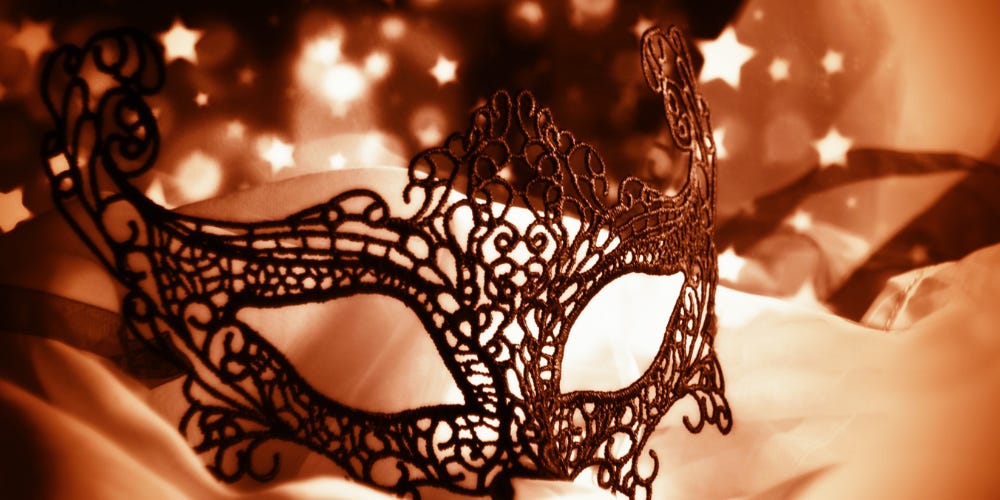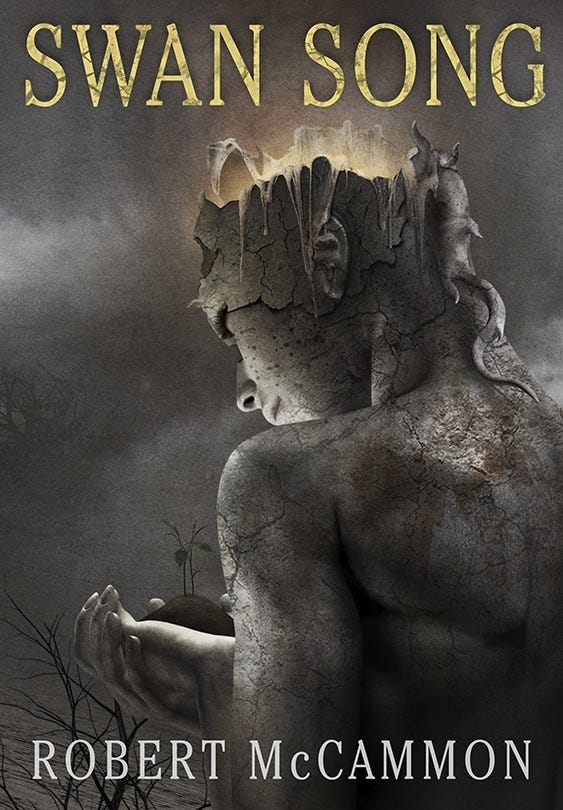Hi everyone! Welcome to Witchcraft & Metaphysics! If you’re new here, please check out this About Page to find out more. On September 1, I am going to turn on paid subscriptions. My hope is to keep everything free so that no one is excluded AND if you can afford a paid subscription, please do upgrade. This is my sole source of income and I really want to keep creating for you. My heart is filled with gratitude for all who have subscribed. Thank you! Let’s keep building this amazing community of magic together!
For the first monthly downloadable pack here at Witchcraft and Metaphysics, we’re going to take a nice, deep look at Magic and…IDENTITY, in all its many forms.
Firstly, what exactly do I mean by Magic?
I could probably write a whole book about this, but I’ll stick to the nutshell version for today. My definition might be a little different from other traditions. Rather than Magic being a process of harnessing or manipulating power, I see Magic as power itself. It’s more than that, though. The definition I usually go with is:
Magic is anything and everything beyond the apparent.
It’s the Great Unseen. It is that which is about to be discovered.
That’s a HUGE definition, I know. It encompasses a lot. Let me try to clarify it a little.
Magic is the current of energy that runs under and through absolutely everything. It is the Power that wears many faces. The faces of Magic include the Divine; life force itself; the elements; the dead; the spirits of place; deities and demons; the dreamworld; and the realm of synchronicities. It is the intelligence behind myth and story. It is the heartbeat within music and art. It is the perfection and curiosity underlying math and science.
For me, Magic is an entity, a being. This is really important because understanding Magic this way means we can be in relationship with it. And consciously relating with Magic is what we’re all about here.
What is identity?
The dictionary definition is, “The fact of being what a person or thing is.” That’s okay, I guess. Feels a little stiff to me, a bit rigid. The way I like to define it instead is:
Identity is the expression of the Self.
Like my definition of Magic, this is big and unruly. I think I must like big and unruly. I know I like fluid and flexible. Realistically, the expression of the Self contains many layers (one thing we’ll be exploring in this month’s downloadable is the self as a collective). Through our identity, we express our own personal beliefs and histories as well as those of our ancestors and our culture. And that’s just the tip of the iceberg.
Another thing to consider is: who is it that’s doing the expressing? It might not always be our conscious Self doing the expressing. In many ways, our identities are expressions of something bigger than us—Ancestors, Divinity, Spirit, Presence, Place, etc.
And then, just to be sure we’re good and uncertain about identity—here’s the clincher—in reality, our identities are often changing.
You know what this makes me think of? The book “Swan Song” by Robert McCammon. The book was written in the 1980s and is considered a classic in the horror genre. If you haven’t read it yet—fair warning, there are some light spoilers ahead.
In my opinion, “Swan Song” is really more of an apocalyptic story, and probably wouldn’t qualify as horror compared to more recent books in the genre. I will say, however, that it had the scariest monster/bad guy of any book I’ve ever read. Generally speaking, monsters in horror books don’t scare me much. I’m usually more frightened by the unknown, or unseen, elements in scary stories (side note: if you’re a fan of horror, read the prologue of “Stolen Tongues” by Felix Blackwell in the dark, alone, to get a clear idea of the kind of horror story that scares the crap out of me.)
This monster guy in “Swan Song”—known simply as The Man with the Scarlet Eye—was FREAKY. I had nightmares about this guy. I had moments when I was certain he was behind me on my morning walks, or waiting for me on the other side of the shower curtain.
I thought a lot about what made this monster particularly scary to me. He was a shapeshifter, and in his natural state was constantly shifting. His face is described as being like melting wax, forever forming and reforming—one identity into the next—with face parts in weird places, such as a mouth in his chin and an ear in his forehead. But he could also pause this shifting and assume any identity whenever he wanted.
On the one hand, the ever-shifting identity was scary to me. I guess this reflects the fear of the unknown. We take a lot of comfort in knowing who we’re dealing with. Most of us probably know the destabilizing feeling that comes when a loved one is suddenly behaving like someone else; when their predictable patterns have become erratic and we find ourselves saying things like, “I don’t know even know who you are anymore.” That feeling is magnified when it’s something we’re already afraid of. An unknown, unpredictable enemy is the scariest thing of all.
On the other hand, the fact that the Man With the Scarlet Eye could assume any identity chilled me to the bone. He could be anyone, anywhere. Even the person standing right next to me. Again, so much of our sense of safety in the world relies on a belief about the identities of those around us.
This monster wasn’t the only identity-related part of the book. Swan herself (the book’s namesake and main character) was one of many who, after the apocalypse, had developed a condition known as Job’s mask. This was a thick scarring that covered the whole head. After a time, the Job’s mask would fall away and reveal a changed face. Whatever face these individuals had before the apocalypse was no more. Now, the face they wore on the outside matched their inner selves. For Swan, when the Job’s mask fell off, her new face was beautiful, matching the lovely person she was on the inside. For some of the less savory characters in the story, their new faces were twisted, distorted and malformed.
I believe the whole book is a metaphor for human identity. The reality is that many aspects of identity (our own as well as others’) are ever-changing. Some parts of who we are might remain steadfast, but our identity as a whole is always shifting. That can feel so unsettling, even scary. Relying upon—clinging to—identity gives us a sense of safety. So how do we reconcile this?
I think we take a deep breath and simply come to understand that a healthy relationship with identity (our own and others’) means allowing it to be fluid and changeable. Sometimes identities shift in beautiful ways and sometimes in monstrous ways. Sometimes the shift is easy, and sometimes a painful catastrophe forces transformation.
The bottom line is that our expression of Self will change, depending on many factors and circumstances. Paradoxically, the more we allow for this, the better we come to know ourselves. And the better we know ourselves, the better we can relate with others.
Including, and especially, with Magic.
I can’t wait to explore this topic with you in depth throughout the month of September!
In this month’s downloadable pack, you will find journal prompts, card spreads, meditations, rituals, and various other exercises all dedicated to exploring MAGIC AND IDENTITY.
I’m hoping to have lots of discussion in the chat each week as we make our way through the pack together.
One final, technical bit: this is a BIG file (because it’s OVERFLOWING with MAGIC). If you have any problems downloading it, please reach out to me and I’ll get you sorted. You can email me at spiritconnections@substack.com







Based on your introduction, I hear this cutting to the heart of what (I believe) is a huge challenge for society today: a craving for Stability in the face of increasing Ambiguity. The idea of life as a Spectrum seems profoundly disturbing to some!
Looking forward to beginning my deep dive this weekend. Thank you. 😊
Thank you ❤️